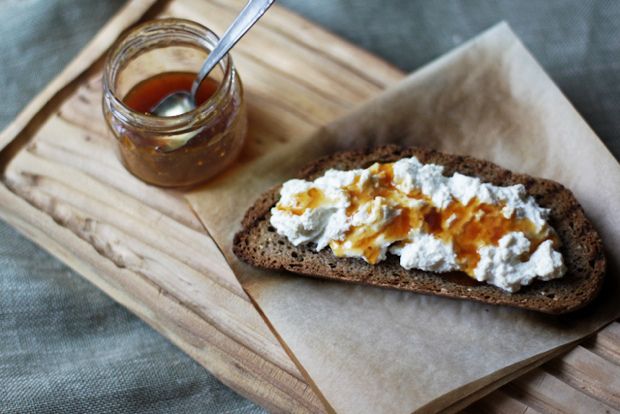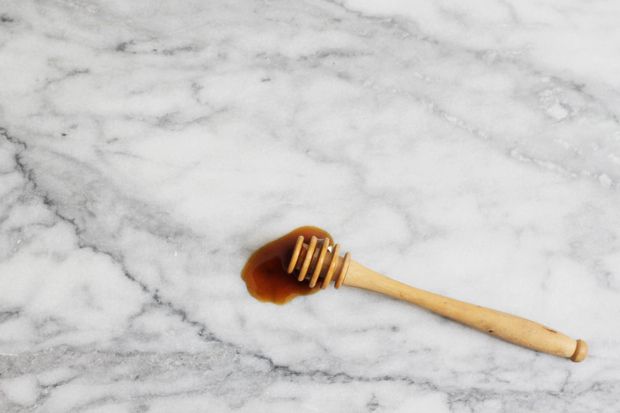Every Tuesday, Italian expat Emiko Davies is taking us on a grand tour of Italy, showing us how to make classic, fiercely regional dishes at home.
Today: A dark, flavorful syrup ripe for drizziling -- made with only figs and water.

One of the things that I love about traditional Italian home cooking is how essential it is. There is a reason for everything; nothing is by accident, nothing is wasted. One of the regions where I am constantly struck by this is Puglia, the southern ‘heel’ of the Italian boot. Its Mediterranean climate and rich, fertile, iron-red-colored soil produce arguably some of Italy's best fruit and vegetables -- while its rustic inland landscape, dominated by giant olive trees, prickly pears, scraggly primitivo vines and figs sprouting out of abandoned farmhouses or cracks in church walls, seems to speak of ancient and harder times.
Many of the age-old, traditional dishes of Puglia are both simple and practical. Even if they are born out of one of the poorest examples of peasant cuisine, they are also so satisfying and intensely rich and flavourful: dishes like ciceri e tria (handmade pasta with chickpeas and tomato), the internationally-renowned melanzane alla parmigiana, earthy pure di fave (pureed dried fava beans) and vincotto, a dark, sweet and syrupy condiment made of overripe local grapes. Then there is miele di fichi, fig honey, which is also made in the neighboring region of Calabria. Fig honey is not actually honey but a syrup made from sun-drenched figs. With a burnt-caramel color and deep, sweet flavor, it can be used in place of honey or sugar as a sweetener -- which is clever, as it comes from a place where traditionally honey and sugar haven't always been available. Besides, it’s a practical way to use up the surplus of over-ripe summer figs. Nothing is wasted.

Fig honey, like vincotto, is traditionally used in pastry-making -- but it is also well-suited to roast meats (try it as a glaze for roast pork or duck), particularly game. It's also wonderful for dessert; I imagine it inspiring a figgy semifreddo or transforming an after-dinner cheese plate. Possibly my favourite way to eat this, however, is for breakfast as a crostone -- fresh sheep’s milk ricotta spread thickly on toasted ciabatta bread with a decent drizzle of fig honey.
I first came across this recipe via Grazia Galante, a woman who lives in the north of Puglia and is intent on tracking and recording the ancient traditions of her area before modernity makes them disappear. Her recipe list no more than “mature figs and water.” No measurements. The directions tell you, charmingly, to boil the figs in water until reduced by half, then to put them into a clean, empty pillow case or stocking and tie it to a tree to drain the “honey”, collected in a bowl underneath.
Well, that's one way to do it, but here is a way to make fig honey in a modern kitchen, with dried figs rather than fresh (for those who aren't blessed with an abundance of sun-kissed figs), which make a wonderfully dense and dark syrup. It keeps for up to a year if sealed in jars and stored in a cool, dark place, and also keeps very well in the fridge once opened. It’s worthwhile making yourself a big batch -- as you will soon realize you will be putting this on anything and everything possible.

Miele di Fichi (Fig Honey)
Makes approximately 2 cups
2 pounds dried figs
1 gallon water
See the full recipe (and save and print it) here.
Photos by Emiko Davies
See what other Food52 readers are saying.